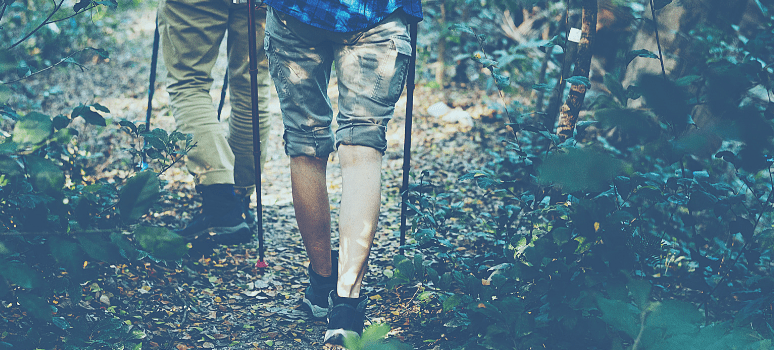
Lyme disease is being talked about more and more every day. However, it is still a difficult disease to diagnose and only specialised doctors such as those at Biosalud Day Hospital can treat it effectively..
Actors Richard Gere and Alec Baldwin, singers Avril Lavigne and Thalia or sportswoman Delle Done are the celebrities and visible faces of the Lyme diseaseor Lyme diseasea pathology that thousands of people contract each year. In Europe alone, an estimated 100,000 people are infected annually by the bite of ticks and other insects that transmit the infectious bacteria. "borrellia burdogferi". And this figure is growing every year.
The testimony offered about the disease by such internationally known people helps to make the disease visible, and therefore, to make us aware of the symptoms of Lyme disease and we can identify them with the disease at an early stage. Most patients are diagnosed years after the first symptoms appear. During this period, the disease progresses, encourages co-infections and becomes chronic, incapacitating sufferers.
But if more and more people are infected, why is it not being diagnosed early? It is true that this is a difficult infection to find, and in fact it is very difficult to diagnose.e call it "the great mimic" because it presents with flu-like symptoms.The first stage of the disease, or chronic fatigue in more advanced stages, among other pathologies. In addition, tests are often false negative at all stages of the disease.
The study of the behaviour of this infection in tests and the experience of more than six years of treating patients from all over the worldhas enabled us to develop a test for Lymeand innovative, highly effective antibiotic treatments. Biosalud Day Hospital is today a international centre of reference in diagnosis and treatment of this pathology.
In addition to these innovative techniques, at Biosalud we differentiate ourselves by being specialists in biological medicine, which allows us to approach the treatment of the disease from two points of view: On the one hand, the antibiotic treatment slows down and eliminates the infection. On the other hand, we repair and balance the organism that has been damaged by Lyme and its co-infections.
The reality is that, if the disease is very advanced, it is difficult for the patient to recover one hundred percent. However, experience tells us that our patients regain a significant part of their functionality and, in most cases, are able to lead an autonomous life. In any case, we insist on the need for early detection of the disease, which greatly improves the chances of a cure.
Characteristics of Lyme disease
- The first manifestation of the Lyme disease can be a reddening of the skin circular or bullseye-shaped, appearing hours after the sting. It is very characteristic but does not always appear.
- Symptoms of the disease are aggravated depending on the time at which they appear. the disease: days after the bite, one to two months after the bite, and chronic Lyme, which can take years to appear. Sometimes the infection is latent and a weakened immune system can lead to its onset.
- The antibiotic treatment for Lyme is appropriate and should be complemented by biological medicine treatment to regulate the body.
- Most of the tests are false negatives, so that sick people can take years to get diagnosed. This entails a great risk to health due to the progression of the disease itself.
- Infection with borrellia occurs with other co-infections which also need to be analysed and considered in treatment.
Contact with nature, a risk factor
Anyone bitten by a tick that transmits the bacteria is susceptible to contracting the disease. However, increased contact with these mites of the Ixoidae family increases the risk. Outdoor and nature sports, free camping, or professions such as veterinary medicine, gardening or botany. are a risk factor.
The prevention of Lyme disease involves incorporating a series of habits into our outings in nature:
- wearing light-coloured clothing
- long trousers and shirt. If it is possible to wear the garments tightly around the wrists and ankles, all the better.
- Always check your body when you return home, especially in the wetter areas (scalp, armpits, underarms and hocks, and even the groin).

